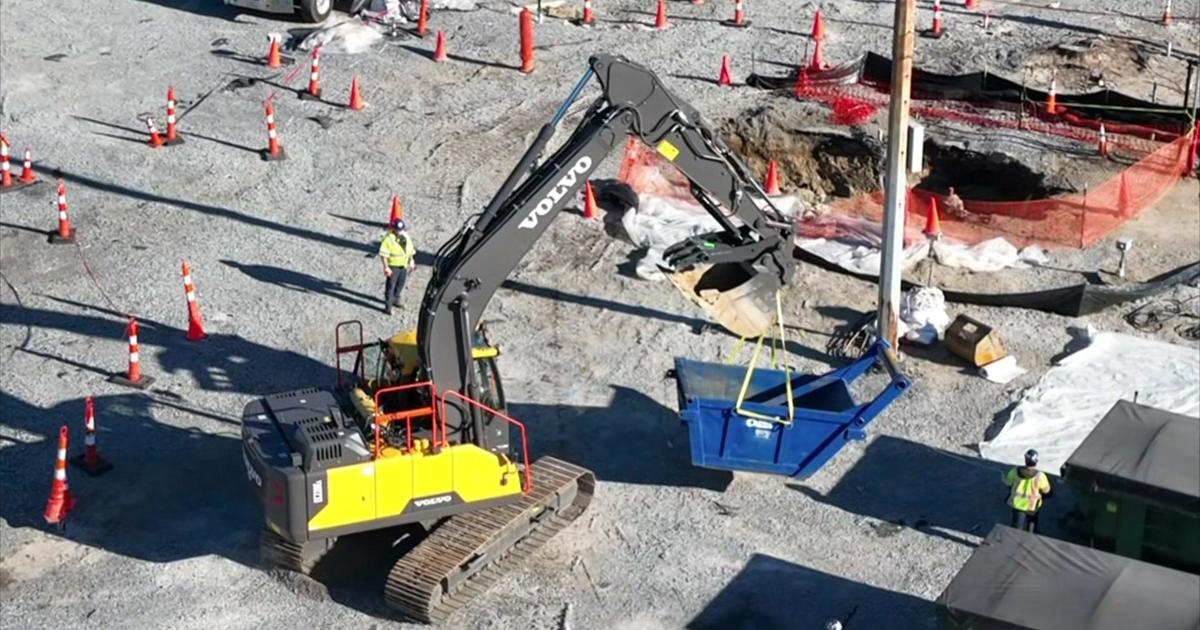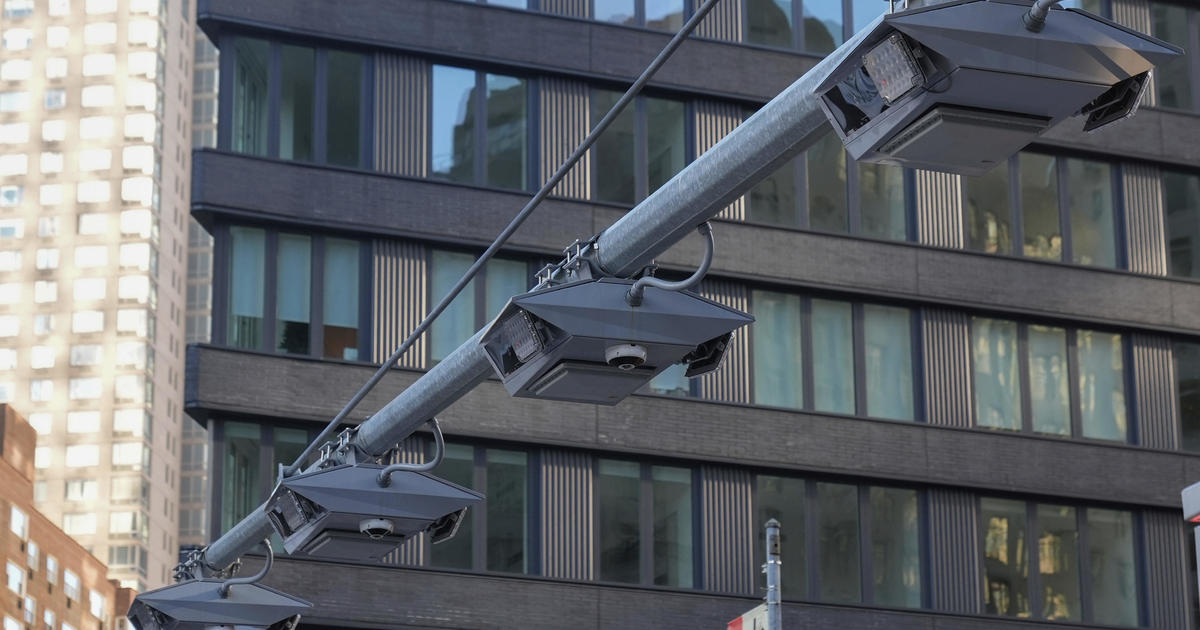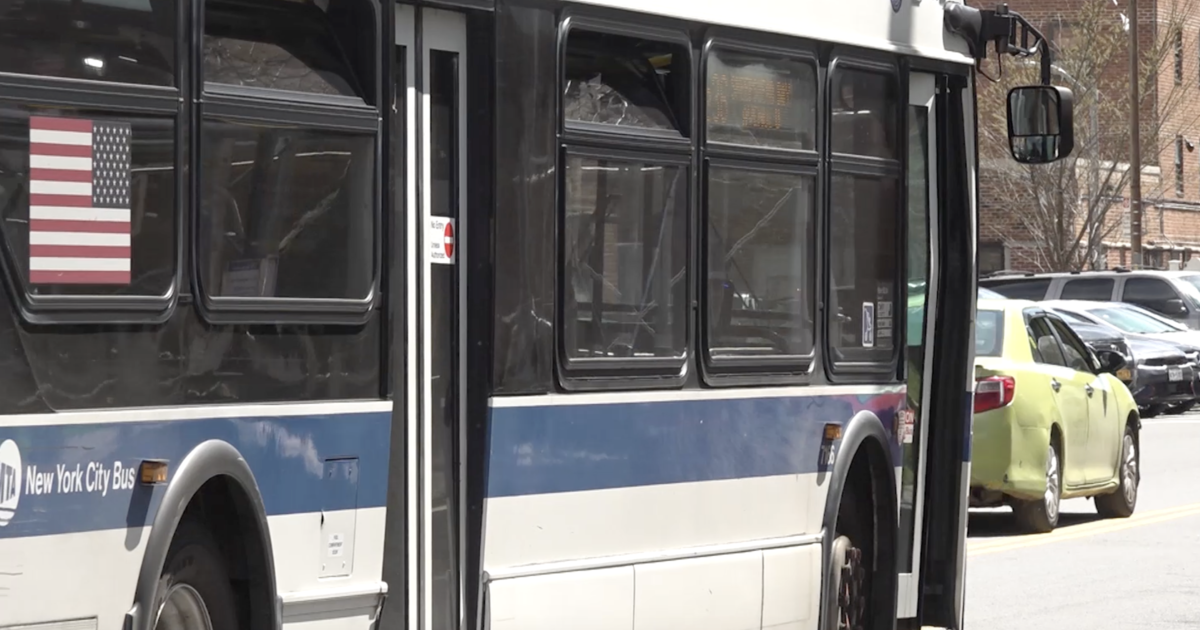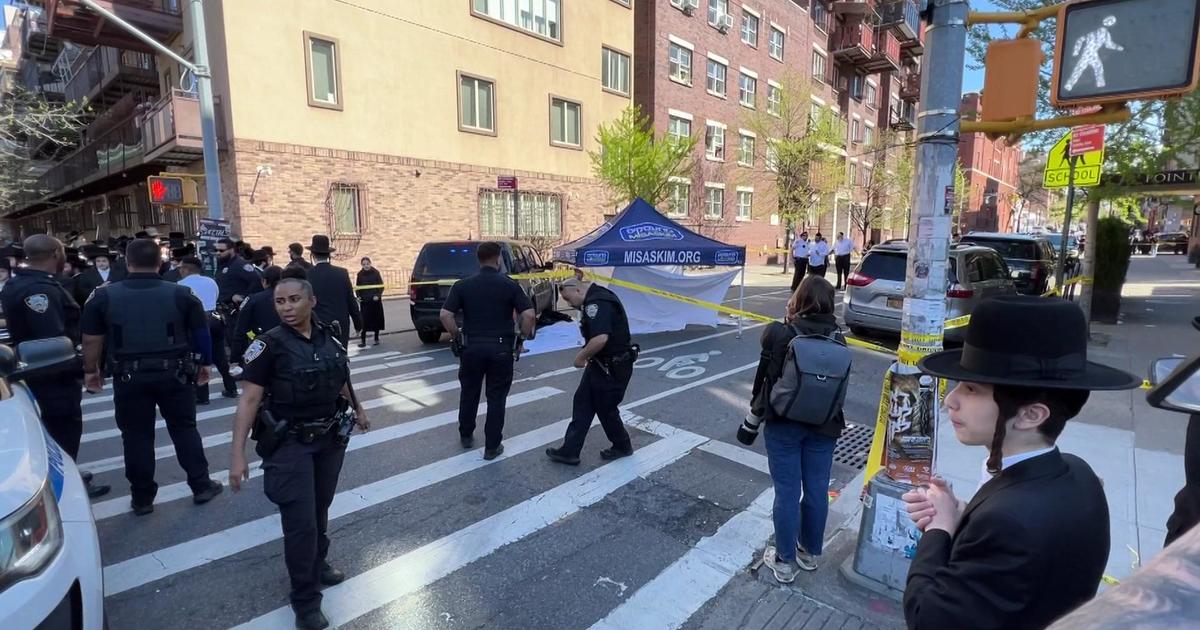Why So Many Derailments In The Tri-State Area Lately? Expert Weighs In
NEW YORK (CBSNewYork) -- The train derailment that left tracks damaged and passengers stranded on the Long Island Rail Road this week was the fourth to make headlines in the Tri-State Area in a period of a month.
As CBS 2 investigative reporter Tamara Leitner reported, an expert has weighed in on what might be causing the problems.
On May 29, a No. 1 line subway train derailed near the elevated 125th Street stop in Harlem. More than 400 people were on board, and were stuck without air conditioning or electricity for more than an hour until a rescue train arrived.
And while no one was injured when an LIRR train derailed on the way out of Penn Station on Monday, about 1,000 people on the train either had to evacuate through the tunnel, or remain on the train for nearly three hours awaiting a rescue train. Service on the LIRR was not back to normal until Wednesday morning.
All these incidents have some commuters worried.
"It's happening all the time, so it's not new to us," said Pearline Pinnock of Flatbush, Brooklyn.
But why have so many derailments been in the news lately, and what is bringing them on? Transportation expert Robert "Buzz" Paaswell had some insight on the subject.
"You hear about them because they cause a lot of delays," he said.
Paaswell ran the Chicago Transit Authority from 1986 until 1989, managing that city's "L" train system. He now heads up the University Transportation Research Center -- a federally funded research facility.
He works with the Metropolitan Transportation Authority locally, and transit companies all around the world. And he explained derailments can happen for a number of reasons.
"Sometimes they're caused by a track that might have separated, and the train has a lot of weight so as it goes over a track, there might be a bouncing, and a wheel might go off a track," Paaswell said.
The New York City subway is one of four U.S. subways that run 24 hours a day, leaving little time for inspections and repairs.
"A lot of the railcars are old. A lot of the track system is old. A lot of the communication to the signals are older than we would like," Paaswell said. "The cure to that is more money."
The LIRR restored full rush hour service Wednesday morning, after nearly two days of headaches and frustrations following the Monday derailment.
Amtrak announced Wednesday that a track issue was the probable cause of the Monday derailment. Specifically, Amtrak said a switch point protector guard became dislodged, and the wheels of the train left the tracks.
The Federal Railroad Administration investigates train derailments across the U.S. The agency said the number of derailments in New York and New Jersey were cut in half over the last decade, but derailments in Connecticut increased. The main cause is operator error.
CBS 2 has learned Amtrak workers walk the LIRR tracks at least once a week and visually inspects them from end to end. But with the MTA serving 8 million riders a day, experts say there are bound to be problems.
The cleanup and repairs following a derailment are also a big procedure. Crews must de-electrify the tracks, bring in a crane to left the car back on, and drag the train to the yard.
You May Also Be Interested In These Stories



